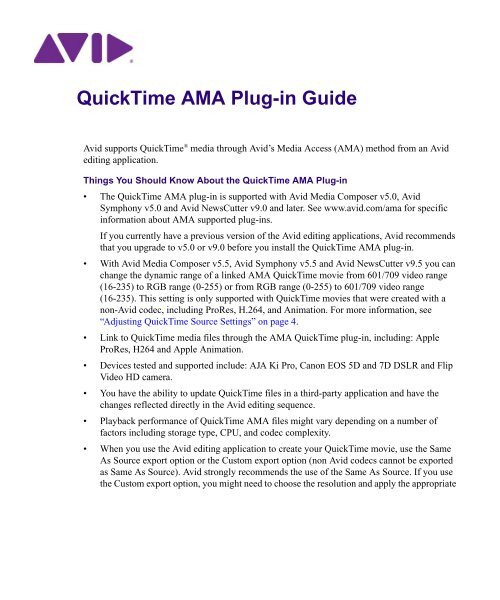
You are going to get some tape compression and saturation on each channel. If you recorded an old jazz band, you would probably go through your board, 24 mono tracks to a 2" Tape (24 tracks.) That is to Mix the Bass & Kick.Think about it like an old analog studio. It's probably going to serve one purpose for my situation. I did check out the link to the previous thread & seems the Klangheim was recommended there too by some. I'll be reading this for a week! A whole lot of information there. Dbx, Jbl, dod, Yamaha, bss, peavey, xta, klark teknik, Ashly, Quested, Rane, etc. Requires a minimum of a soundcard with 4-outputs+DSP+ 2-VU Meters "a-pair."īuy a crossover analog or digital, used in live sound or club sound systems.

Dbx, Jbl, dod, Yamaha, bss, peavey, xta, klark teknik, Ashly, Quested, Rane, LA Audio, etc.ĭigital preferably because it has memory & you can recall different calibrations/presets/targets with the push of a button. If you do not have multiple outputs, or don't want to mess with templates or just want to change calibration targets on the fly.īuy a crossover analog or digital, used in live sound or club sound systems. For example you can analyze the song you want, and set VU meters for that target. Will require minimum 3-pairs "8x recommended" of analog VU's to have a 3~4-Band Stereo signal set at the target you want. If you add filters at the output or route individual instruments/groups you can see different things, or if Mastering you can have a Multi-Band VU Meter. Today in Digital, If you have multiple DA outputs and multiple analog VU meters you can have all the Targets at same time.įor example: having 4x VU meters, allows to have 2-Left 2-Right at 2 different targets.
#AVID REEL TAPE SATURATION PLUG IN COMPATIBLITY MANUAL#
Manual calibration is a time consuming process. If you use one tape calibrated for another tape, results will be more saturation or higher noise floor, sometimes one track will occupy the space of another track. If you set too low, the noise will be higher, but each tape formula, head size & tape speed has a different calibration/target. If you set the target too high, everything will saturate. The more ferric material the tape has, the higher the level can be, increasing the signal to noise ratio, lowering the noise.

In the old days the Target was the Tape Machine, some have a higher target than others for example Ampex/Quantegy 456 vs. If your soundcard has multiple outputs, clone the master to another physical output, and calibrate that output to the RMS Target you want.Ĭloning can be done easy if soundcard has DSP mixer.Ī plugin that allows you to set a target level are the TC Electronic LM1n, LM2n, LM6n. "In a song you not only hear the kick, you hear other stuff." The magic of VU meters is to see what you hear.

The higher the DA output the lower the Target will be.įor example: my DA converter has +4dBu Output, and output gain must be lowered digitally in DSP to -19dB so the Analog VU Meter shows 0dB with a 0dBFS at 1KHz sine wave tone, with a +4dBu output, and -16dB to show +3dB VU.ĭA output must have a headroom minimum for +3dB VU analog.ĭigital VU Meters have a flat frequency response, meaning if you calibrate with 1KHz, you won't be able to see mid-bass or mids or highs when the kick is playing, you will only see kick, and that's wrong. Or +3dB VU with a -3dBFS, or 0dB with a -6dBFS. If you calibrate 0dBFS digital to 0dB VU Analog will have a very loud RMS Target, like most CD's since the loudness war.īut if you calibrate VU Meter to show +3dB VU with a 0dBFS, Target will be less louder, when you mix to 0dB VU. The way of using the VU meters is calibrating with a 1KHz sine wave the level you want to Aim. Virtual needle does not move like a Real one. ProTools Meters are Ok, but looking a real needle is a whole new level. Rsp tube saturator has 2 nice & big VU Meters.

Old Open Reel Tape Machines, Pioneer, Revox, Tascam, Teac, etc. Old Yamaha cassette tape machines, have VU Meters, Unbalanced input, I have/own ProTools HD12.3.1 "Advanced VU Meters."


 0 kommentar(er)
0 kommentar(er)
